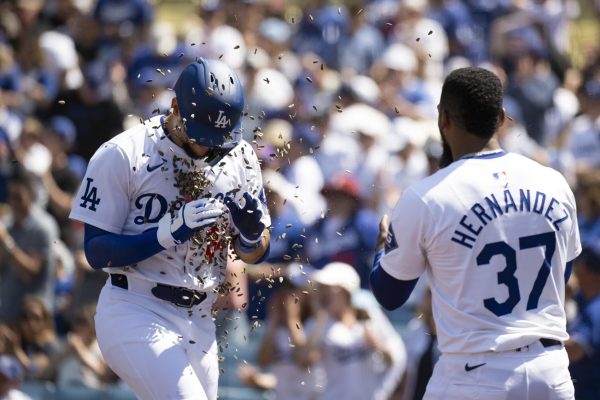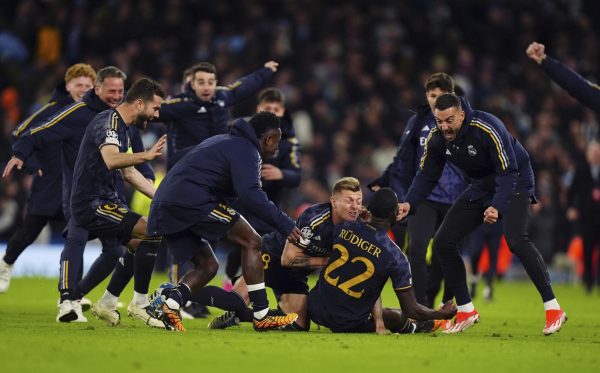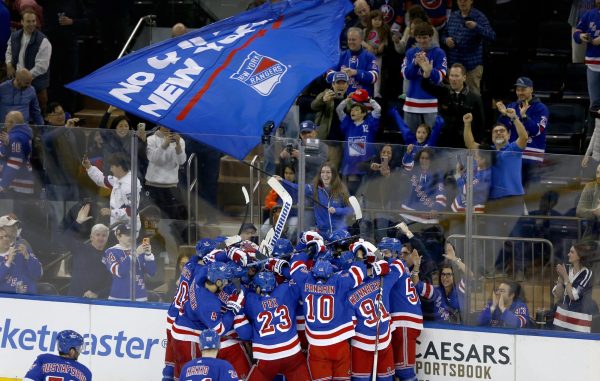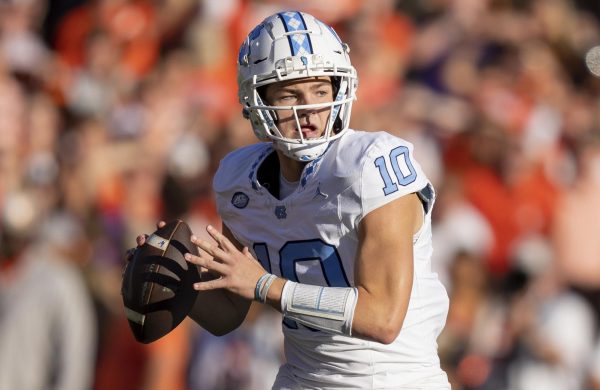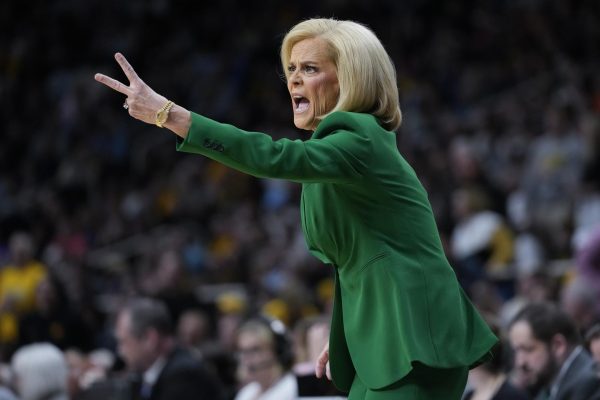Around the Hill: Should College Athletes be Compensated?
By Reed Schultz
National Sports Editor
The question of whether college athletes should be compensated is an incredibly difficult one to answer. First and foremost, I think paying student athletes would detract from the overall purity and innocence of the game. The argument that students should be playing sports for the love of the game and not for money is an extremely valid reason. However, I think it’s problematic that academic institutions receive millions of dollars from the actions of their students without the students receiving a dime of it. There has to be a solution where both the student and the institution can financially benefit.
Every single athlete puts their bodies on the line and risks the possible career-ending injury when they compete, whether it is a basketball player tearing an ACL or even worse, a football player becoming paralyzed or so concussed that their lives are never the same again. There needs to be a mechanism in place for students to receive some sort of insurance and compensation that they can access later on in their life.
Paying irresponsible 18 to 21 year olds may not be the solution, but setting up a fund for them to access once they graduate seems like a fair compromise. Even though some athletes receive scholarships and stipends from their university, there are still a massive amount of players coming out of college with student loans that could be reduced with some compensation
from their university.
While the whole system of fair payment could be difficult, I think it’s only fair that student athletes get paid some amount of money proportional to what their respective teams bring to their school.
By Theo Asher
Assistant National Sports Editor
College athletes should absolutely be paid. We all know how hard these athletes play and the commitment it demands out of them. College athletes (for the most part) spend their entire educational experience in the context of high-level athletics. What that means is that Division I sports consume their whole lives, hindering their ability to succeed in the classroom because of the temporal and physical commitment college sports demands. Only 0.9 percent (women’s basketball) to 9.1 percent (baseball) of draft-eligible players across all major NCAA sports go pro after college. The other 90.9 percent to 99.1 percent of NCAA athletes are forced to make do in the real world with whatever education they had time to receive while in college. The case for college athletes getting paid is amplified by the financial records of these big D1 schools. Most schools nearly break even, but Texas A&M generates over $192 million and spends around $109 million on athletics, none of which goes to the athletes. This discrepancy must be remedied so college athletes are rewarded for the years of hard work they put in regardless of whether they go pro or not.
By Conor Oliver
Maroon-News Staff
Last month, the spectacle of March Madness fascinated the country, with millions of viewers creating brackets and tuning in to watch each game over a period of 20 days. There are 65 games played overall, bringing in over $1 billion in revenue. On the surface, this is taking advantage of the student athletes who are paid nothing for their participation. With the exception of a few star players with NBA potential, most players will leave the tournament with only memories of their run. So, should the players be compensated?
On the surface, the structure of elite Division I sports is simply unfair. Players generate a massive amount of money for the NCAA, but receive nothing in return outside of their scholarships. Defenders of the NCAA point to the fact that most of the money goes back to the universities that compete, allowing for more scholarships. At a glance, this argument might seem fair. However, many of these players will not see the direct advantages of the money generated by their work in competition. The athletic programs are in it to make money as well, and are taking advantage of their athletes in a similar
manner to the NCAA.
This issue is difficult to solve, however. The majority of Division I athletes are not part of events that bring in a large amount of money. How could you divide the revenue? Still, student athletes are clearly taken advantage of.
This should not happen, but until a better solution than scholarships is given — one that fairly accounts for the wide variance of popularity of different college sports — it is an issue without hope of resolution.


